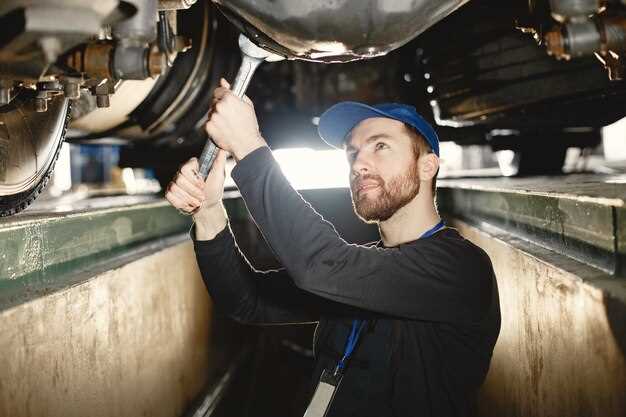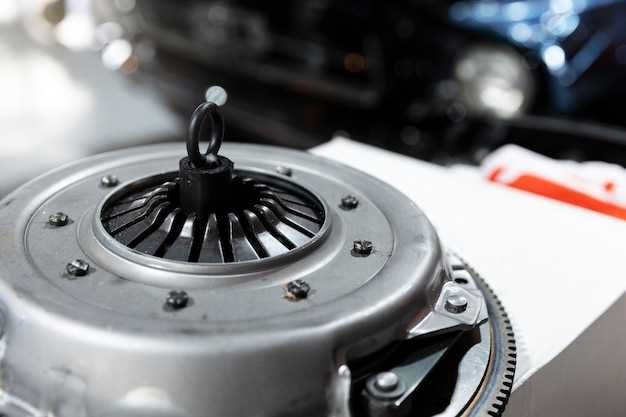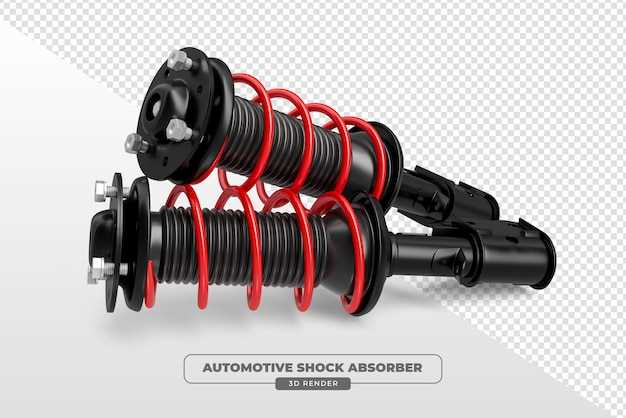
In the world of truck modifications, enhancing engine performance goes beyond merely improving the power output. One essential aspect that often gets overlooked is the cooling system. A truck’s cooling system plays a crucial role in maintaining optimal operating temperatures, which directly impacts the engine’s efficiency and longevity. As enthusiasts and professionals seek ways to boost performance, understanding the significance of cooling upgrades becomes essential.
Upgrading your truck’s cooling system involves implementing various mods designed to improve heat dissipation and overall thermal management. This can include higher-capacity radiators, performance intercoolers, and advanced cooling fans. Each of these modifications contributes to minimizing the risk of overheating during strenuous driving conditions, ensuring that your engine remains within its ideal temperature range, ultimately resulting in enhanced performance and reliability.
Investing in a robust cooling system not only aids in supporting increased horsepower but also helps in maintaining fuel efficiency. Trucks equipped with improved cooling solutions can handle strenuous tasks–be it towing, hauling, or off-road adventures–without compromising on performance. Therefore, as you consider performance mods for your truck, prioritizing upgrades to the cooling system will be a decision that pays off in multiple ways.
Identifying Signs of Engine Overheating and Heat Stress

Recognizing the symptoms of engine overheating and heat stress is crucial for maintaining optimal truck performance. Overheating can lead to severe engine damage, reduced efficiency, and costly repairs. Understanding the signs allows for timely interventions, ensuring your vehicle runs smoothly.
One of the most common indicators of engine overheating is the temperature gauge. If the needle consistently hovers in the red zone, immediate action is necessary. This signal typically means that the cooling system cannot effectively dissipate heat, leading to potential heat stress on various engine components.
Another telltale sign is steam or smoke emanating from under the hood. This situation often arises when coolant levels are low, or when there are leaks in hoses and seals. Not only does this indicate inadequate cooling, but it also suggests that the engine is experiencing excessive heat, which could result in severe damage if not addressed promptly.
Additionally, a rise in engine performance issues, such as stalling, poor acceleration, or unusual knocking noises, may signify heat stress. Excessive heat can cause parts to expand, leading to misalignments or increased friction, which negatively affects performance. Detecting these symptoms early can prevent long-term damage and preserve the integrity of aftermarket mods involved in enhancing cooling performance.
Lastly, a strong odor reminiscent of burnt rubber or plastic can indicate overheating components. This smell often arises when electrical insulation begins to fail due to heat. If this occurs, it’s essential to investigate right away, as prolonged exposure to high temperatures can compromise electrical systems and lead to further mechanical failures.
In conclusion, being vigilant about these signs is vital for truck operators. Regular inspections and maintenance of the cooling system, along with the monitoring of engine performance, will help prevent overheating incidents and extend the lifespan of your vehicle.
Choosing the Right Cooling Modifications for Your Truck
When it comes to enhancing your truck’s performance, choosing the right cooling mods is crucial for maintaining optimal engine temperature and ensuring efficient operation. The key is to understand the specific needs of your engine and the aftermarket solutions available.
First, consider upgrading your radiator. A high-performance radiator can significantly improve heat dissipation, allowing your engine to run cooler during intensive conditions. Look for options that provide greater fluid capacity and increased cooling surface area to maximize heat exchange.
An upgraded water pump is another important modification. A more efficient pump can increase coolant flow, delivering necessary fluids to the engine more effectively and reducing the risk of overheating. Make sure the pump’s capacity matches the demands of your engine, especially if it has been modified for higher power outputs.
Adding performance cooling fans can also provide significant benefits. Electrically driven fans are more efficient than traditional mechanical fans, activating only when needed. This can help reduce load on the engine and improve overall performance while ensuring that adequate airflow is maintained to cool the engine and other components.
Lastly, consider the benefits of performance coolant additives. These products can enhance the thermal conductivity of your coolant, providing better heat transfer and reducing the overall operating temperature of your engine. Be sure to select additives that are compatible with the materials used in your cooling system to prevent any adverse reactions.
Ultimately, the right cooling modifications depend on your truck’s specific requirements and how you intend to use it. By investing in the right components, you can ensure that your engine remains cool under pressure, leading to improved performance and longevity.
Installing and Maintaining Upgraded Cooling Components

Upgrading cooling components in a truck is essential for optimizing engine performance. A well-functioning cooling system efficiently dissipates heat generated during operation, preventing overheating and ensuring longevity. The first step in installation is selecting appropriate components, such as high-capacity radiators, better water pumps, and performance intercoolers tailored for your engine type.
When installing upgraded components, follow manufacturer guidelines for proper placement and connections. Begin by removing the old components systematically, taking care to drain any coolant and disconnect necessary hoses. It is crucial to meticulously clean the mounting surfaces to ensure a proper seal when installing new parts. After installation, refill the cooling system with a compatible coolant mixture and bleed the system to eliminate air pockets, which can cause hot spots and inefficiencies.
Regular maintenance is vital to keep the upgraded system functioning optimally. Schedule routine inspections to check for signs of wear or leaks in hoses and connections. Clean any debris that may block airflow to the radiator or intercooler. Monitor the coolant level and temperature gauges during operation, addressing any fluctuations promptly to avoid engine damage. Periodic flushing of the cooling system is also recommended to prevent buildup of contaminants that could hinder performance.
By consistently installing and maintaining upgraded cooling components, you can significantly enhance your truck’s performance, ensuring reliable operation even under demanding conditions.




